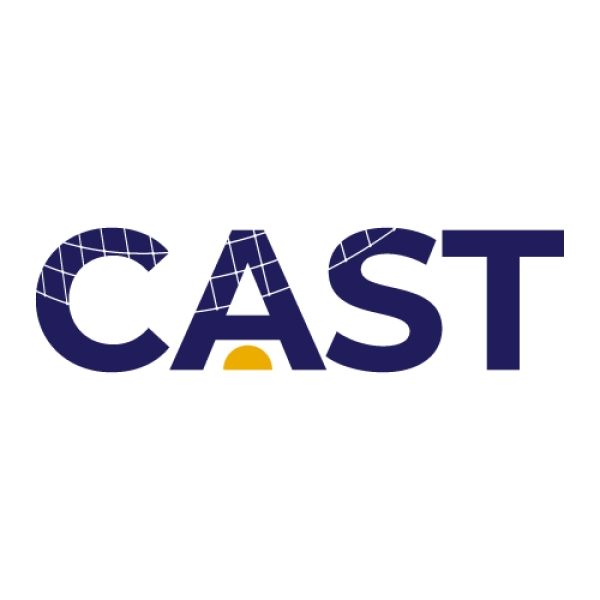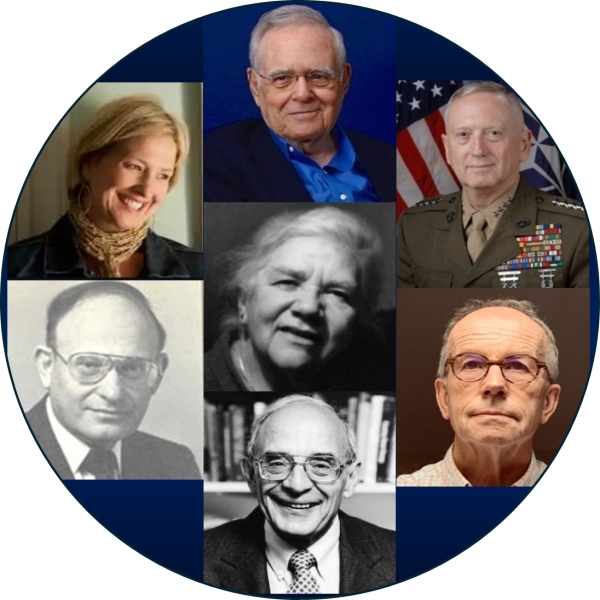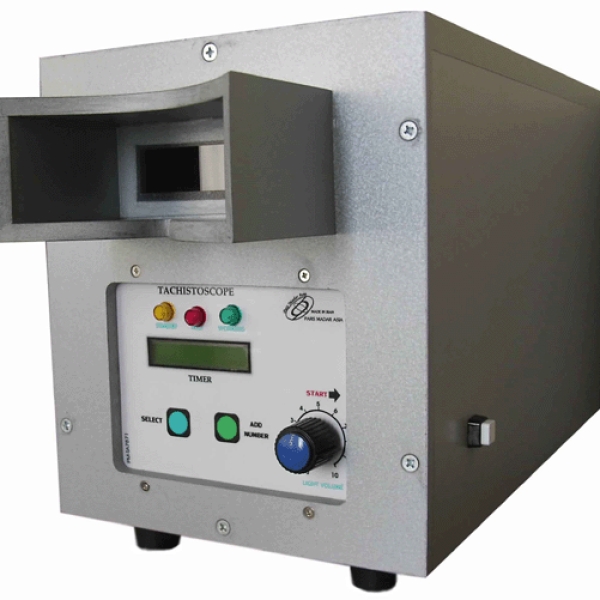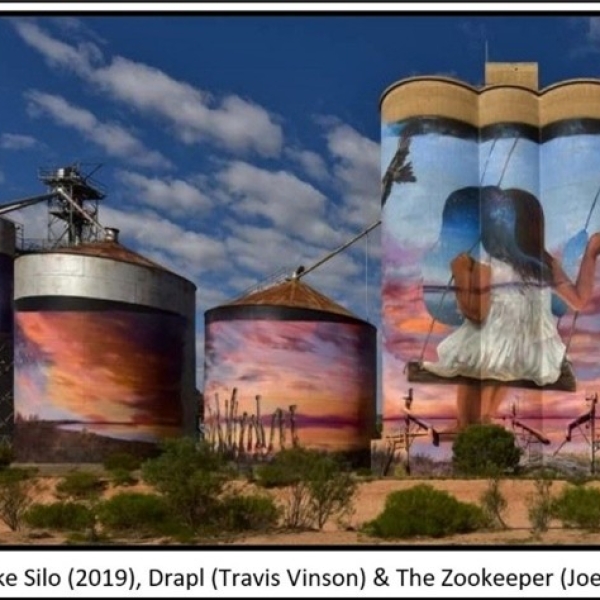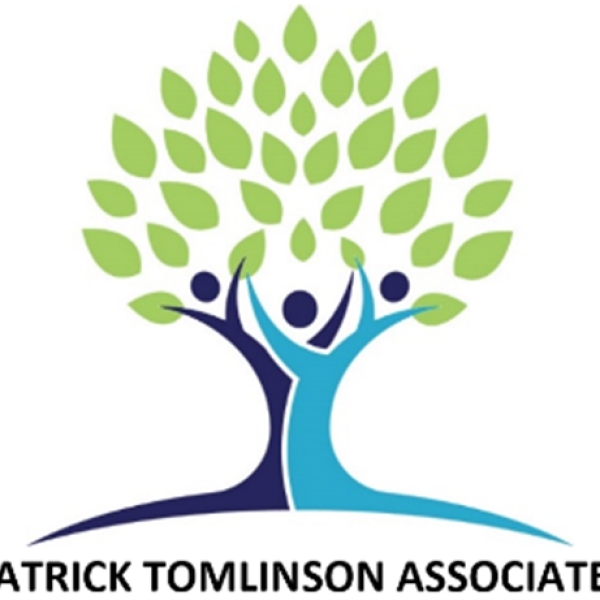The Articles cover Therapeutic Work with Traumatized Children, Trauma, Empathy, Neuroscience, Professional & Personal Development, Leadership, & Integration, among other subjects. At the end of each, there is a Free PDF Download. They are grouped under the categories below.
Next Steps - If you have a question please use the button below. If you would like to find out more
or discuss a particular requirement with Patrick, please book a free exploratory meeting
Ask a question or
Book a free meeting














